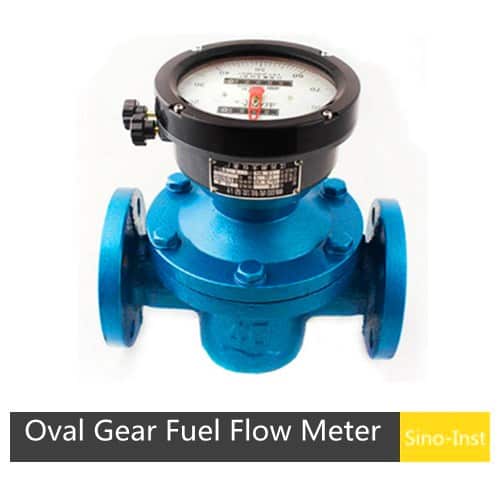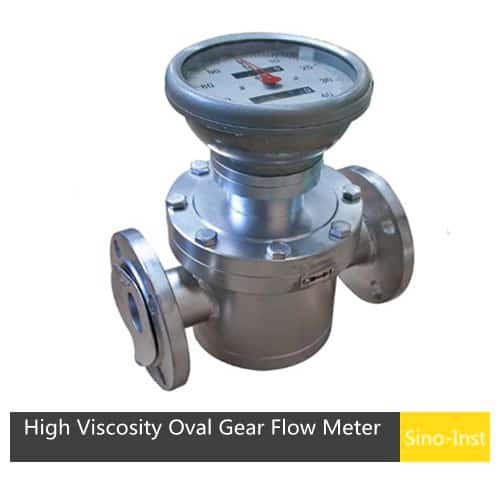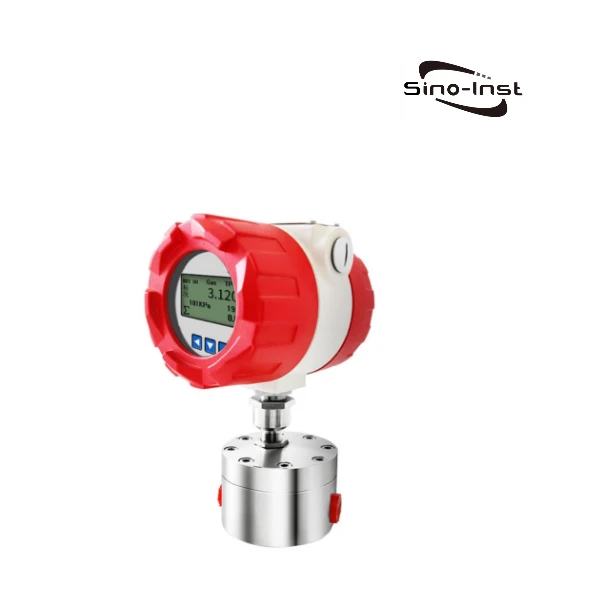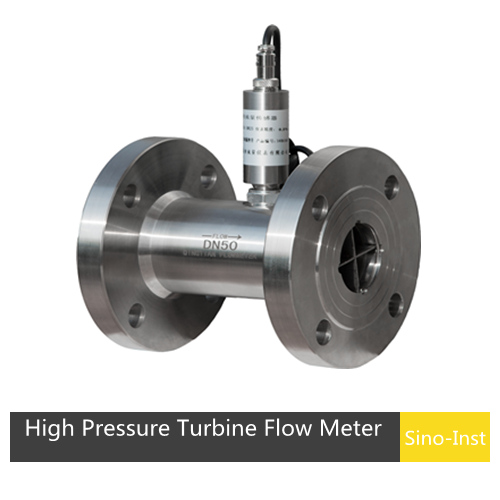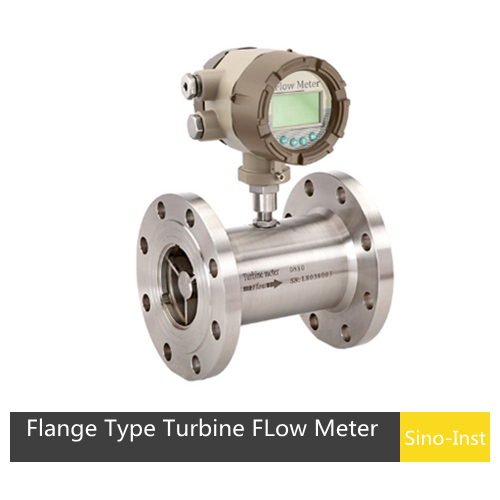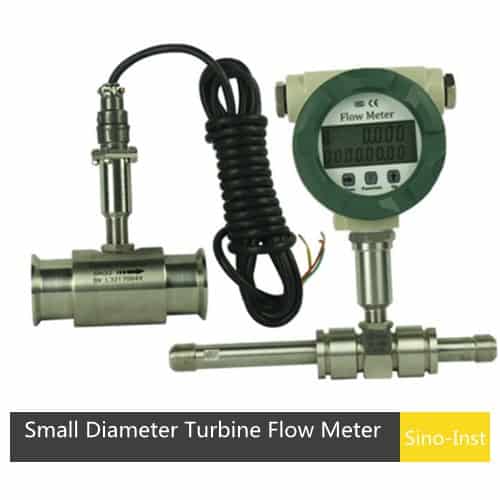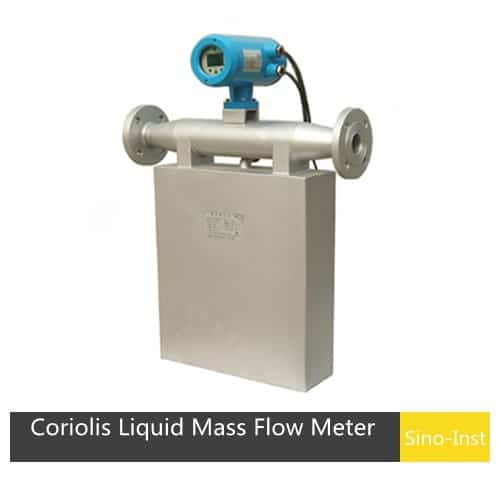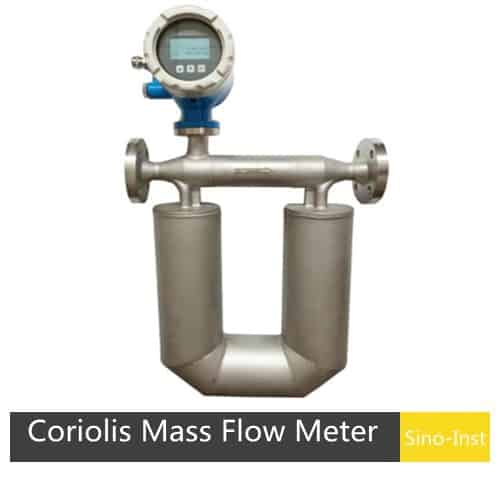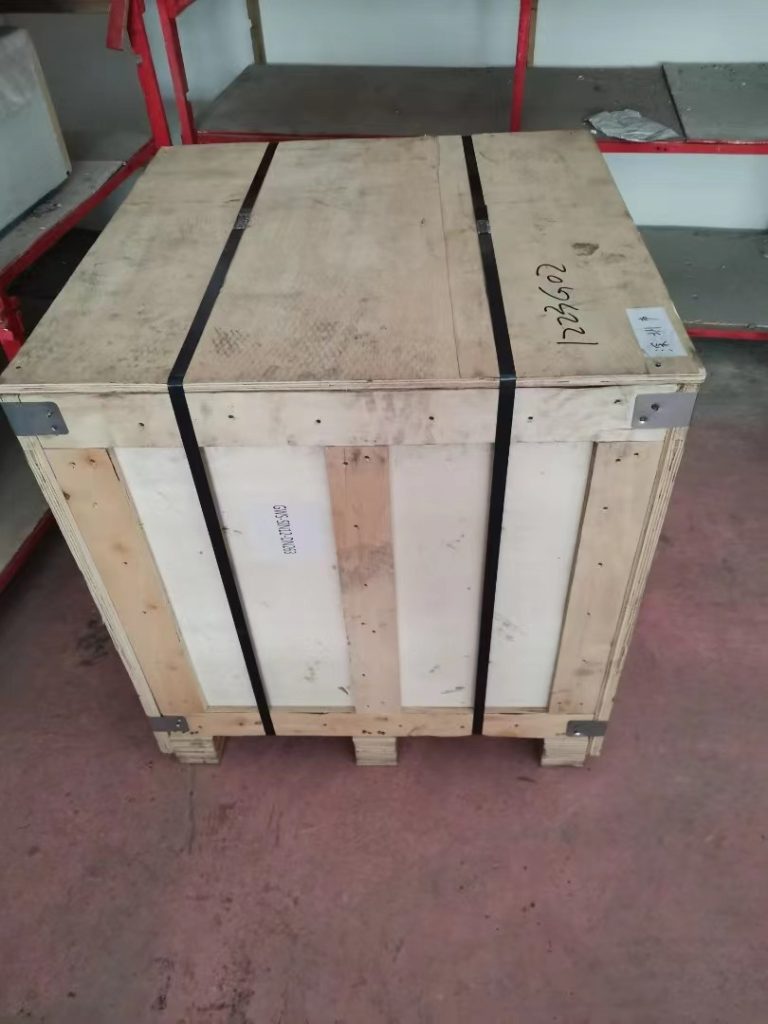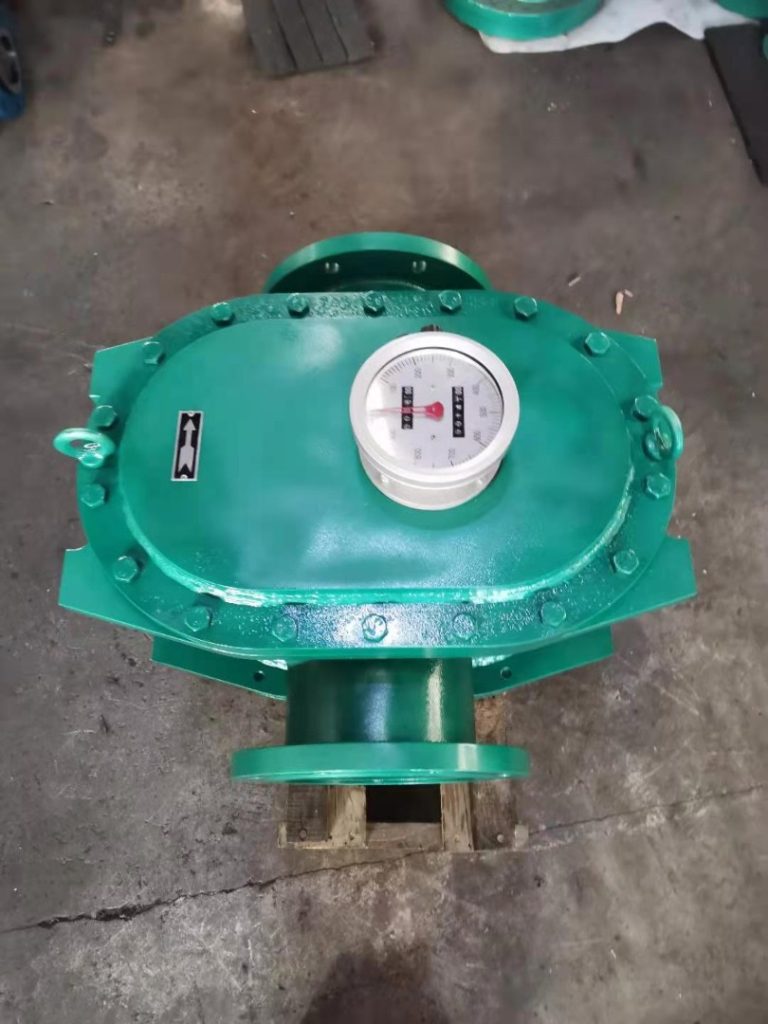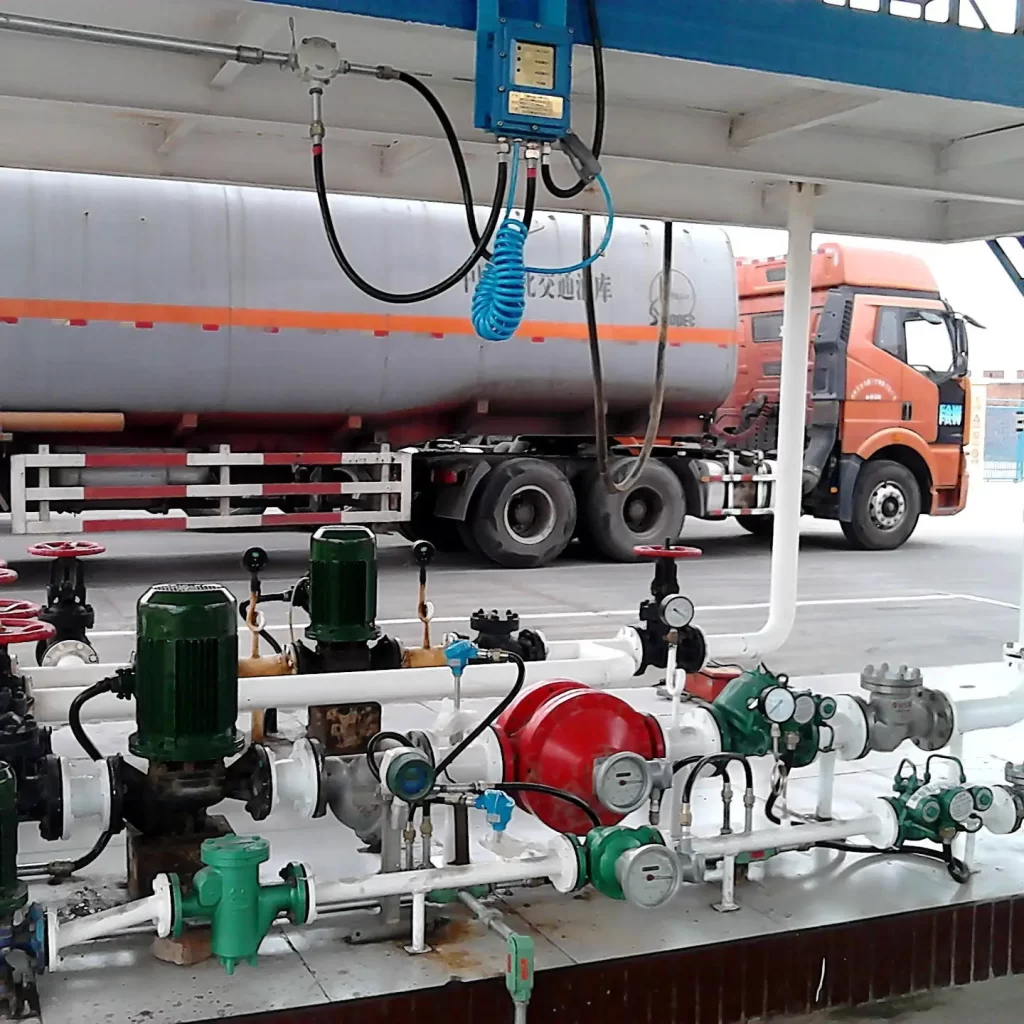
Marine fuel flow meters are crucial for all industrial marine applications, helping to keep fuel consumption in check and efficiency at its peak. In an industry where every drop of fuel counts, a reliable marine fuel flow meter is not just a tool – it’s a necessity.
To monitor and manage your vessel’s fuel usage accurately, all while boosting its performance and keeping operational costs down. That’s the power of marine fuel flow meters.
What Are Marine Fuel Flow Meters?
Marine fuel flow meters are incredibly essential devices for any marine journey. But what exactly are they and how do they work? Let’s take a closer look.
Essentially, a marine fuel flow meter is a device used to measure the fuel consumption rate of a ship’s engine, or a transactional metering device for marine fuel oil. They play a vital role in maintaining a ship’s fuel efficiency, helping to reduce operating costs and protecting the environment.
Now, you might be wondering, how do they work? Well, it depends on the type of flow meter. In our product range, we have several types of flow meters designed for marine use, including Turbine Flow Meters, Oval Gear Flow Meters, Rotary Gear Flow Meters, LL Roots Meters, and Mass Flow Meters.
Turbine Flow Meters: These work by allowing the fuel to pass through a turbine in the meter. As the fuel flows, it causes the turbine to spin, and the rate of spin is directly proportional to the flow rate of the fuel.
Oval Gear Flow Meters: Here, two oval-shaped gears are positioned inside the meter. The flow of fuel causes these gears to rotate, and the meter measures the number of rotations to determine the volume of fuel passed through it.
Rotary Gear Flow Meters: Similar to oval gear meters, but with circular gears. The rotation of these gears, driven by the fuel flow, gives a measure of the fuel volume.
LL Roots Meters: These meters function on the principle of two counter-rotating impellers. As the fuel flows through the meter, it fills the gaps between the impellers, causing them to ‘push’ and rotate, which is then measured.
Mass Flow Meters: Rather than measuring volume, these meters measure the mass of the fuel flowing through the device. They use the Coriolis effect, which involves the fluid’s density, flow rate, and velocity, to calculate the mass flow.
Each of these meters has its unique benefits and is suited to different types of marine applications. Regardless of the type, a well-functioning marine fuel flow meter is the key to keeping your vessel’s fuel consumption in check, boosting efficiency, and sailing smoothly.
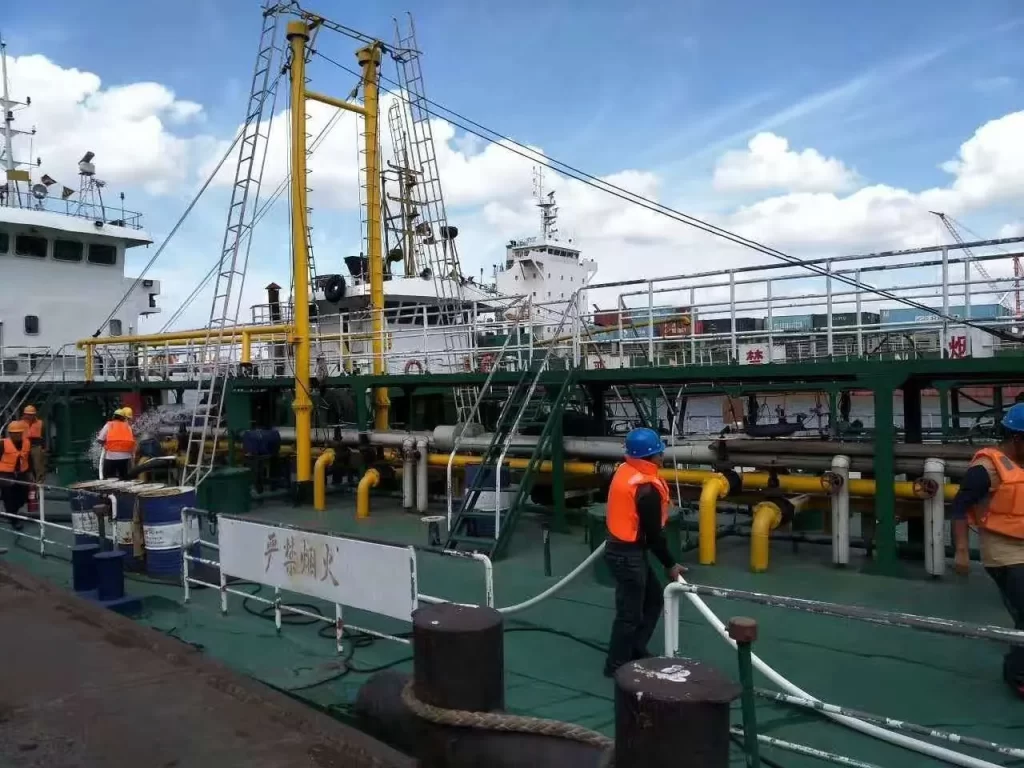
Benefits of Using Our Marine Fuel Flow Meters
Navigating the vast marine industry comes with its challenges, and our marine fuel flow meters are designed to tackle those head-on. Here’s a rundown of the advantages these indispensable devices offer:
Boosting Fuel Efficiency: Our meters deliver precise fuel consumption data, allowing you to optimize fuel efficiency in marine vessels. This not only trims down operational costs but also aids in environmental conservation.
Real-time Fuel Usage Monitoring: Keeping a tab on the ship’s fuel usage is made simpler. Our meters offer real-time fuel consumption data, which assists in planning fuel needs and managing resources effectively.
Comprehensive Marine Fuel Management: Integrating our meters into your marine fuel management system upgrades your monitoring abilities. It provides a more detailed overview of fuel consumption across different ship parts, facilitating informed decision-making and profitability.
Timely Maintenance: Detect changes in fuel usage patterns with our meters, helping you identify potential engine issues early. This helps in scheduling maintenance at the right time, reducing chances of unexpected breakdowns and costs.
Compliance with Regulations: With stricter maritime regulations, having accurate fuel consumption data is vital for compliance. Our meters provide accurate reporting, helping you stay on the right side of the law.
In essence, our marine fuel flow meters are not just tools for your marine operations; they’re partners guiding you towards efficiency, sustainability, and success in the marine industry.
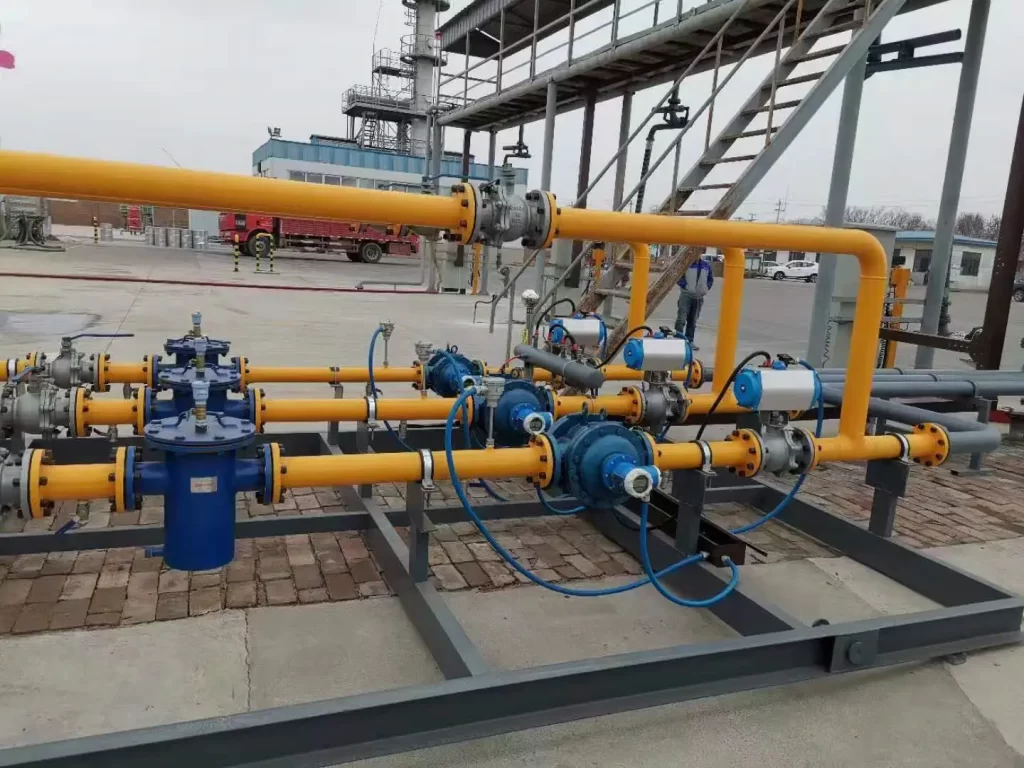
How to Choose the Right Marine Fuel Flow Meter
Selecting the right marine fuel flow meter is a crucial step in your journey towards optimized marine operations. However, with a variety of options available, making the right choice may seem overwhelming. Don’t worry – we’re here to help! Let’s go over some key factors to consider:
- Fuel Type: Different meters are suited for different types of fuels. Ensure that the meter you choose is compatible with the type of fuel your vessel uses.
- Flow Rate: The flow rate, or the amount of fuel passing through the meter in a given time, is a crucial factor. Your chosen meter should be able to handle your vessel’s fuel flow rate effectively.
- Fuel Viscosity: The thickness of the fuel can impact how well certain meters work. Make sure to choose a meter that matches the viscosity of your fuel.
- Pipe Diameter: The size of your fuel pipe can dictate the size and type of meter you need. The meter needs to fit well with your existing pipe system for accurate readings.
- Pressure and Temperature: Fuel meters should be able to withstand the operational pressure and temperature of your system. Consider your vessel’s operating conditions when making your choice.
- Signal Output and Management Needs: Depending on your data management needs, you may require a meter with specific output capabilities. Some offer digital outputs that can be easily integrated with your fuel management system.
Remember, the right marine fuel flow meter isn’t just about compatibility – it’s about efficiency, accuracy, and long-term performance. Making the right choice will help ensure that your marine operations run smoothly and successfully, now and in the future.
Case Studies
One of our customers is from Indonesia. They are a supplier for coal fired steam power plant.
They were looking for flow meters for marine fuel flow measurement. high viscosity media. For diameter 8″, flow arround 600 M3/hour, flabge conection.
After communication, we matched the corresponding flowmeter for the user:
SPECS: SI-3601-E-DN200-3-B-1-/–/-1-H
Diameter 8″ (DN200)
Flange connection; Flange standard ANSI 150;
Flow range:68-340 m3/h;
Pressure: 20 bar
Temperature: 50-70 ℃;
Expl proof: intrinsically safe;
Accuracy 0.2;
Pointer display
Body material: cast steel;
Communication: no
After testing and use, the user’s measurement results are good.
More Flow Measurement Solutions
Industrial Fuel Flow Meters – Choose the Right one for You
Mass Flow Rate and Volumetric Flow Rate: Key Differences and Conversion
How to Choose the Right Heating Oil Flow Meter for Your Business
Top 3 Flow Meters for Oil
Oval Gear Flow Meters with Better Price | Advantages and Disadvantages
Target Flow Meter Advantages And Disadvantages and Featured Applications
With the right tools like marine fuel flow meters, you can steer towards operational efficiency, cost savings, and regulatory compliance. Choosing the right marine fuel flow meter is a critical decision, and that’s where we come in.
At Sino-Inst, we are more than just a supplier – we are experienced manufacturers who understand the intricacies of the marine industry. We offer a variety of marine fuel flow meters designed to meet diverse operational needs, and we stand ready to help you find the perfect fit for your vessel.
Let Sino-Inst be your trusted partner in optimizing your marine fuel management system. Reach out to us today and experience the difference!
-1.jpg)
